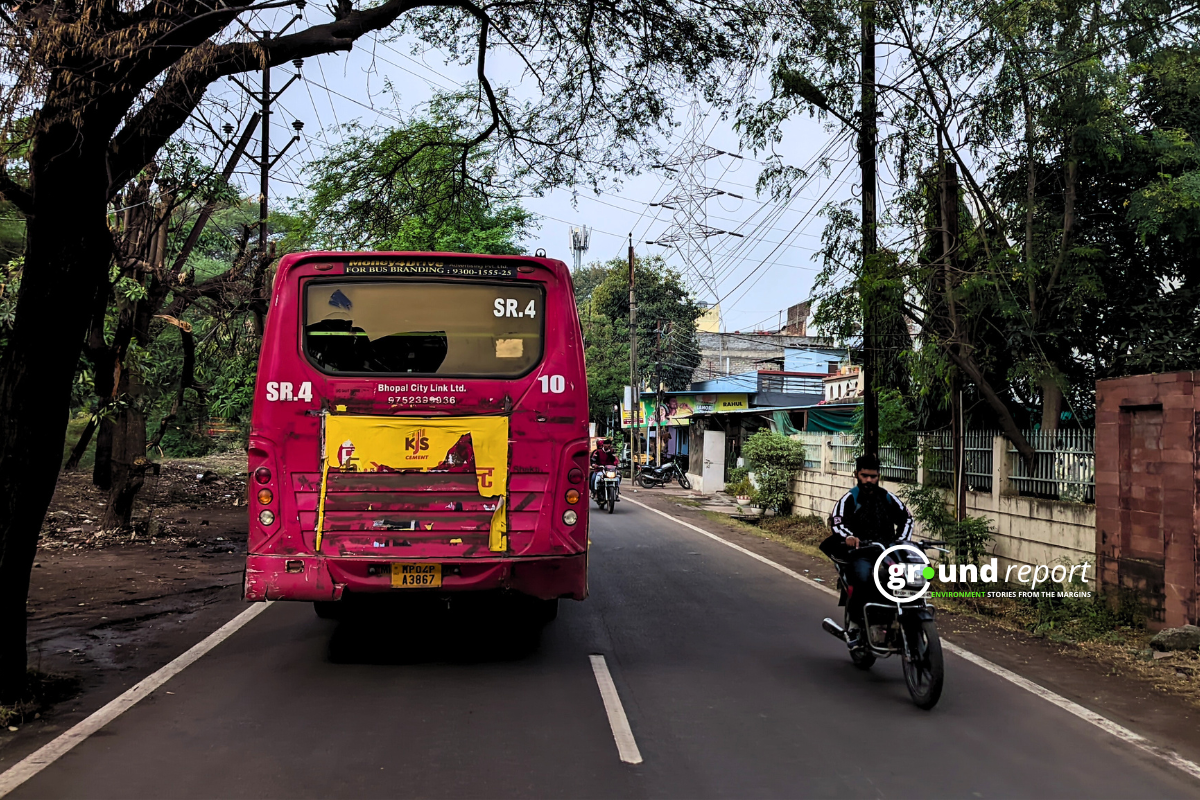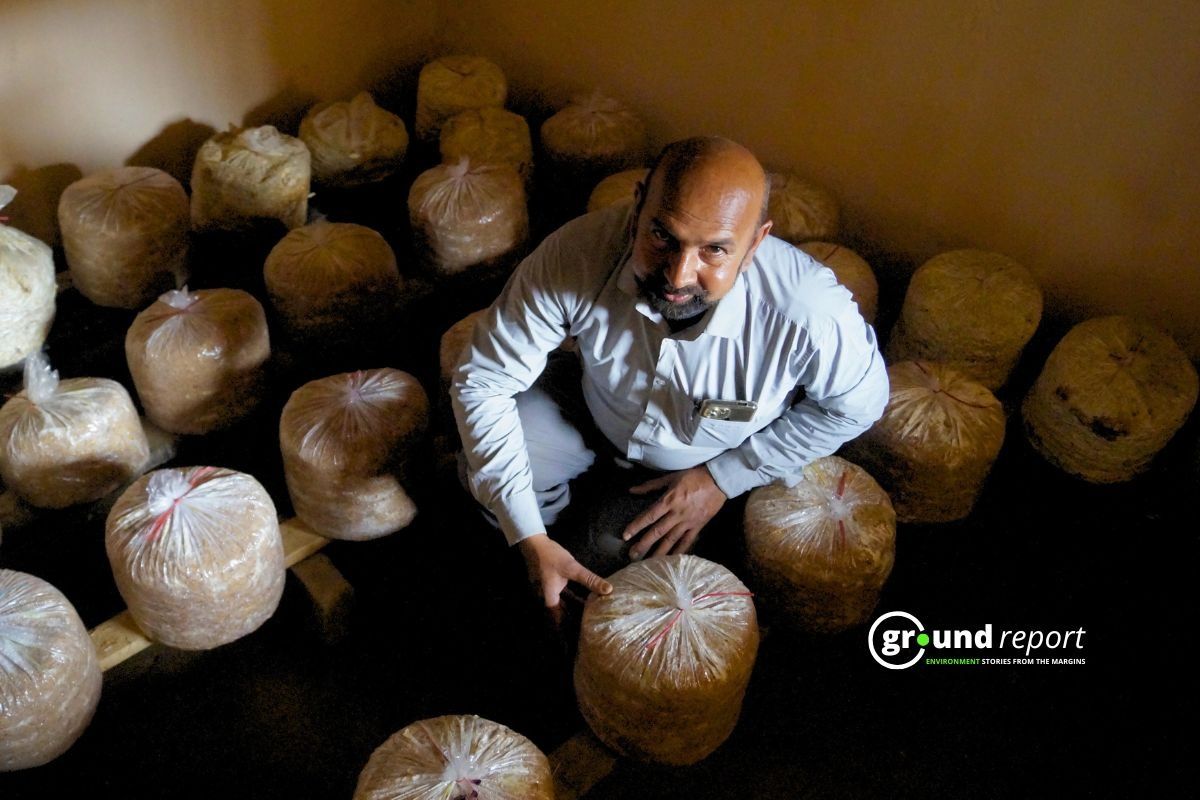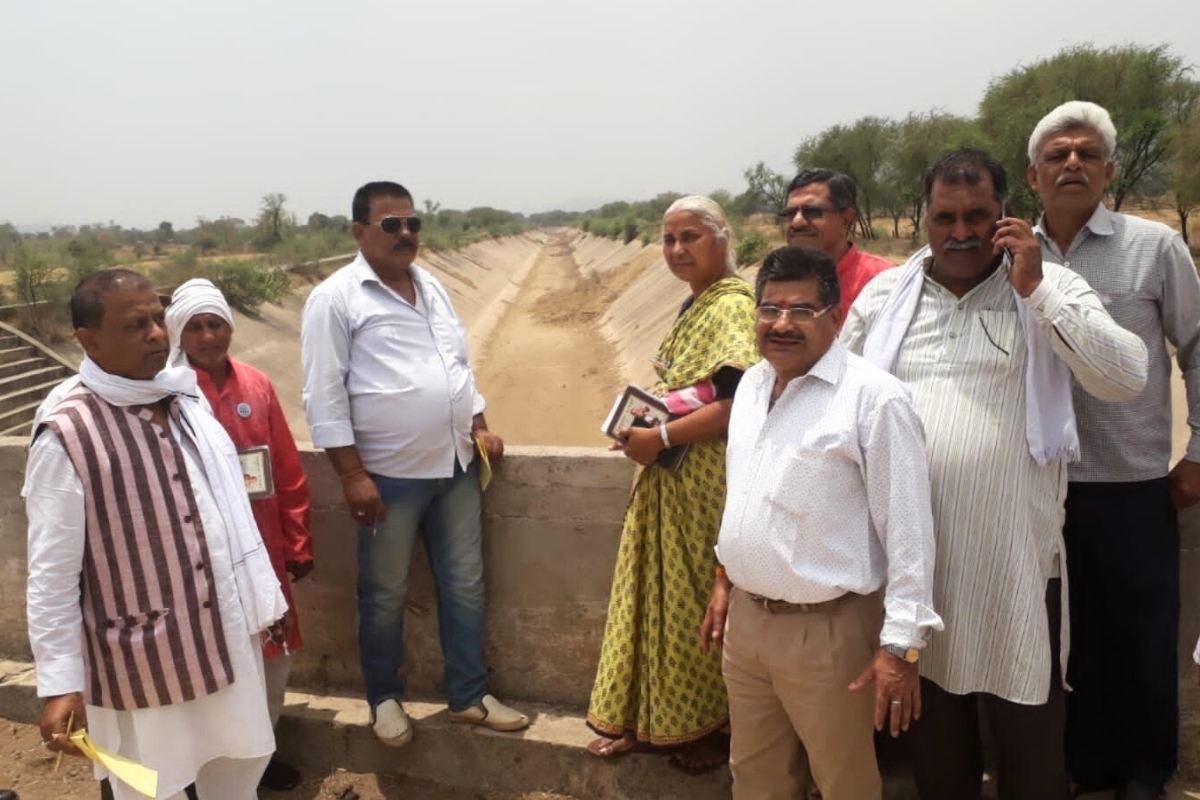Pune has seen a concerning rise in Guillain-Barré syndrome (GBS) cases, with 26 reported instances recently. Health officials are alarmed as three major hospitals report multiple cases from Sinhagad Road, Dhayari, and nearby areas. These recent cases necessitate immediate investigations into the cause of this surge.
What is Guillain-Barré Syndrome?
Guillain-Barré syndrome (GBS) is a rare and serious neurological disorder where the body’s immune system attacks the peripheral nervous system, causing muscle weakness and, in severe cases, paralysis. The cause is not completely understood, but it’s often triggered by infections. It can affect anyone, but it’s most common in adults and men.
Common GBS symptoms
GBS typically starts with sudden, rapidly progressing symptoms over days or weeks. Common signs include:
-
Weakness or tingling in the legs that may spread to the arms and face.
-
Difficulty walking or balancing.
-
Neuropathic pain in the back and limbs.
-
Coordination problems.
-
In severe cases, GBS can lead to breathing difficulties and paralysis, potentially requiring a ventilator.
The condition can also affect the autonomic nervous system, leading to irregular heart rates, blood pressure fluctuations, and other health complications.
In Pune, health authorities noticed an unusual spike in GBS cases among younger patients aged 12 to 30. The first reports came from several hospitals, and samples were sent to ICMR-NIV for testing to understand the cause. Dr. Nina Borade, Chief of Pune’s health department, assured the public that while the situation was being monitored, there is no immediate cause for panic. She emphasised that GBS is not an epidemic and most people recover fully with proper treatment.
The unexpected rise in cases has concerned health professionals. Dr. Sudhir Kothari, a senior neurologist at Poona Hospital, noted that hospitals usually report one or two cases a month, but the surge to 26 cases in a week is unusual. He stressed that this cluster of cases needs a thorough investigation to determine its cause.
Possible causes & treatment
Guillain-Barré syndrome is often triggered by infections, especially bacterial and viral. Common bacterial causes include Campylobacter jejuni, which is typically found in undercooked poultry, while viral infections such as Epstein-Barr virus, cytomegalovirus, or even the Zika virus can also lead to the onset of GBS.
GBS has been linked to vaccinations, like influenza and tetanus, but the vaccine risk is extremely low compared to the benefits.
The diagnosis of GBS is typically made through a combination of symptoms and neurological examinations. Testing methods like lumbar puncture or electromyography (EMG) are used to confirm the condition. Blood tests, however, are not necessary for diagnosis.
GBS diagnosis is based on symptoms and neurological examinations. Testing methods like lumbar puncture or electromyography (EMG) confirm the condition. Blood tests aren’t necessary.
Treatment usually involves hospitalisation for close monitoring, as GBS can cause severe complications like difficulty breathing and abnormal heart rates. For the acute phase, treatments like plasma exchange or intravenous immunoglobulin (IVIG) are used to reduce the immune system’s attack on the nerves.
Local doctors are cautiously optimistic. According to Dr. Borade, bacterial and viral infections typically cause GBS and are common in children and young adults. She reassured the public that with the right treatment, most patients fully recover.
Support us to keep independent environmental journalism alive in India.
Keep Reading
More than 180 houses demolished in Bhaukhedi, no compensation offered
Farmers prevent soil erosion through bamboo plantation
Will Pithampur become another Bhopal? Toxic waste disposal spark fears
Eclogical impacts of linking Parbati, Kalisindh, and Chambal Rivers
Follow Ground Report on X, Instagram and Facebook for environmental and underreported stories from the margins. Give us feedback on our email id greport2018@gmail.com.
Don’t forget to Subscribe to our weekly newsletter, Join our community on WhatsApp, and Follow our YouTube Channel for video stories.






